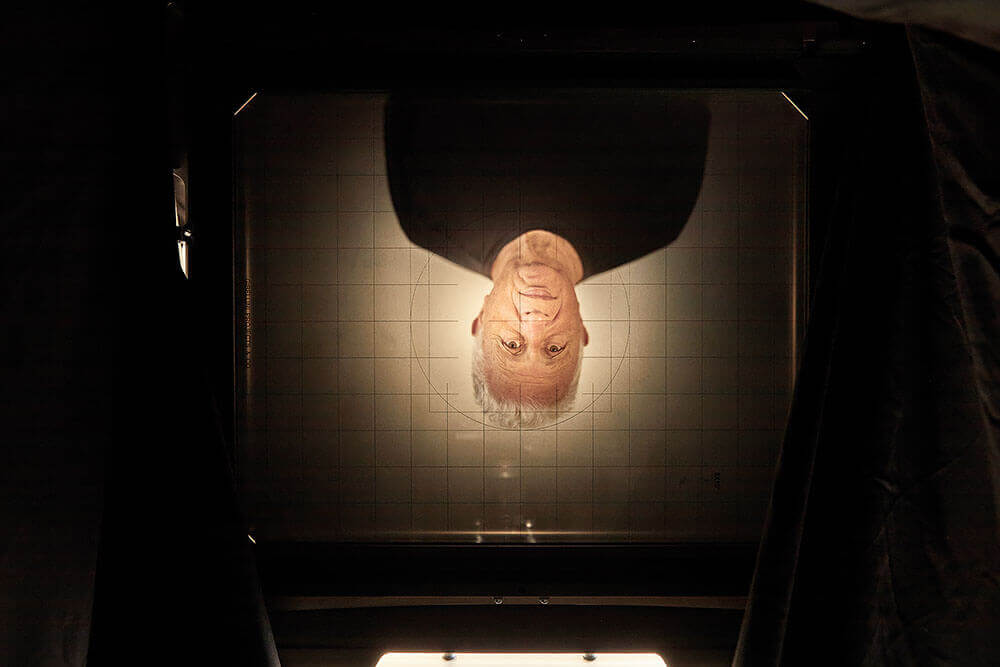Massimo Vitali was born in Como, Italy, in 1944.
He moved to London after high-school, where he studied Photography at the London College of Printing.
In the early Sixties he started working as a photojournalist, collaborating with many magazines and agencies in Italy and Europe. It was during this time that he met Simon Guttman, the founder of the agency Report, who was to become fundamental in Massimo's growth as a "Concerned Photographer."
At the beginning of the Eighties, a growing mistrust in the belief that photography had an absolute capacity to reproduce the subtleties of reality led to a change in his career path. He began working as a cinematographer for television and cinema. However, his relationship with the still camera never ceased, and he eventually turned his attention back to "photography as a means for artistic research."
His series of Italian beach panoramas, starting in 1995, began in the light of drastic political changes in Italy. Massimo started to observe his fellow countrymen very carefully. He depicted a "sanitized, complacent view of Italian normalities," at the same time revealing "the inner conditions and disturbances of normality: its cosmetic fakery, sexual innuendo, commodified leisure, deluded sense of affluence, and rigid conformism." (October Magazine 2006, no. 117, p. 90,
How to Make Analogies in a Digital Age by Whitney Davis)
Over the past 22 years he has developed a new approach to portraying the world, illuminating the apotheosis of the Herd, expressing and commenting through one of the most intriguing, palpable forms of contemporary art - Photography.
He lives and works in Lucca, Italy, and in Berlin, Germany sometimes.
Vitali’s work has been collected in four books:
Natural Habitats,
Landscapes With Figures,
Beach and Disco, and
Entering a New World. His photographs have been published in magazines, newspapers, and other periodicals around the world. Additionally, his work is represented in the world’s major museums, including the
Centro de Arte Reina Sofia in Madrid, the
Guggenheim Museum in New York, the
Museum of Contemporary Art in Denver, the
Fond National Art Contemporain in Paris, the
Musée National d’Art Moderne in Paris, the
Fondation Cartier in Paris, and the
Museo Luigi Pecci in Prato.
